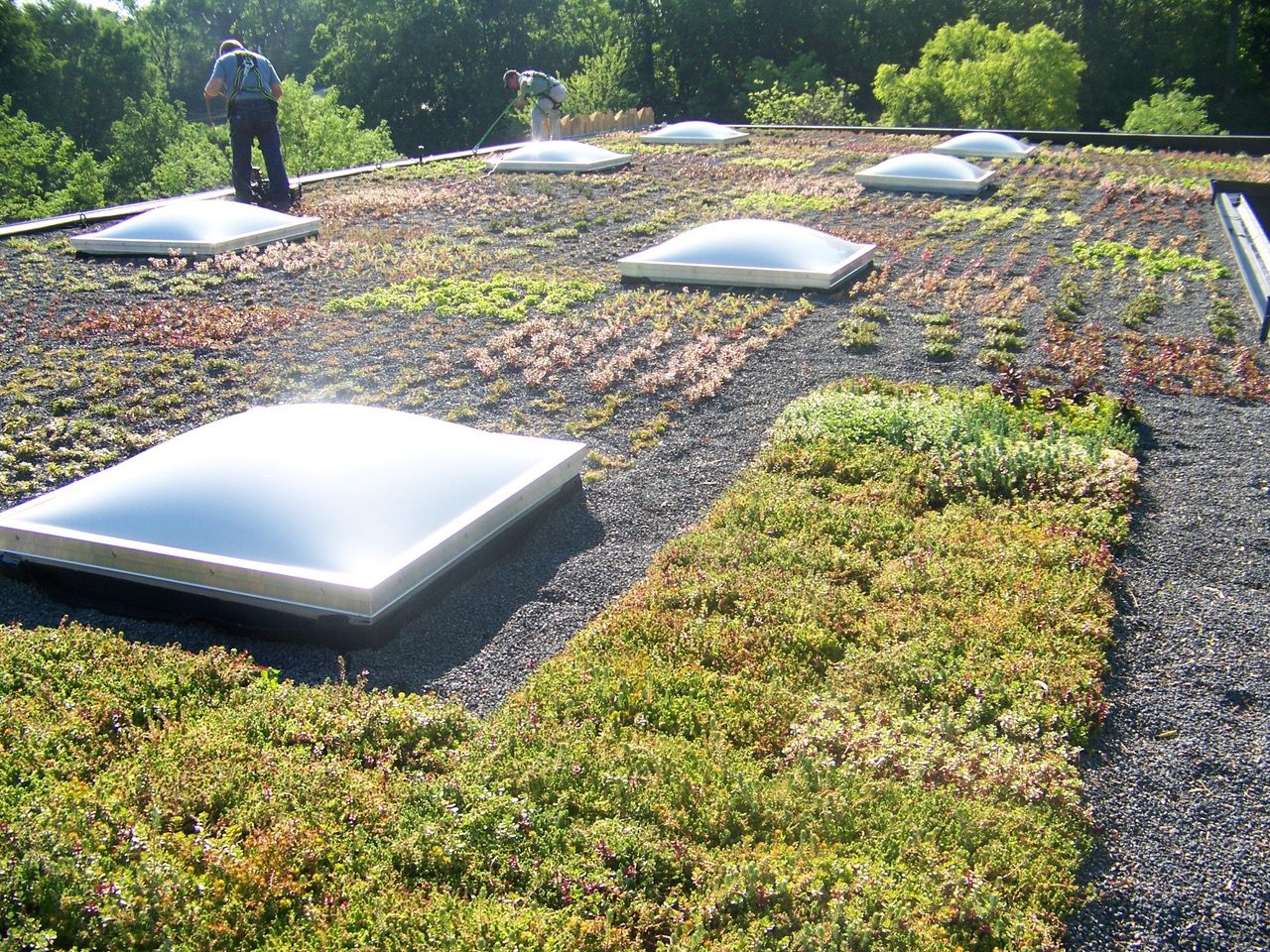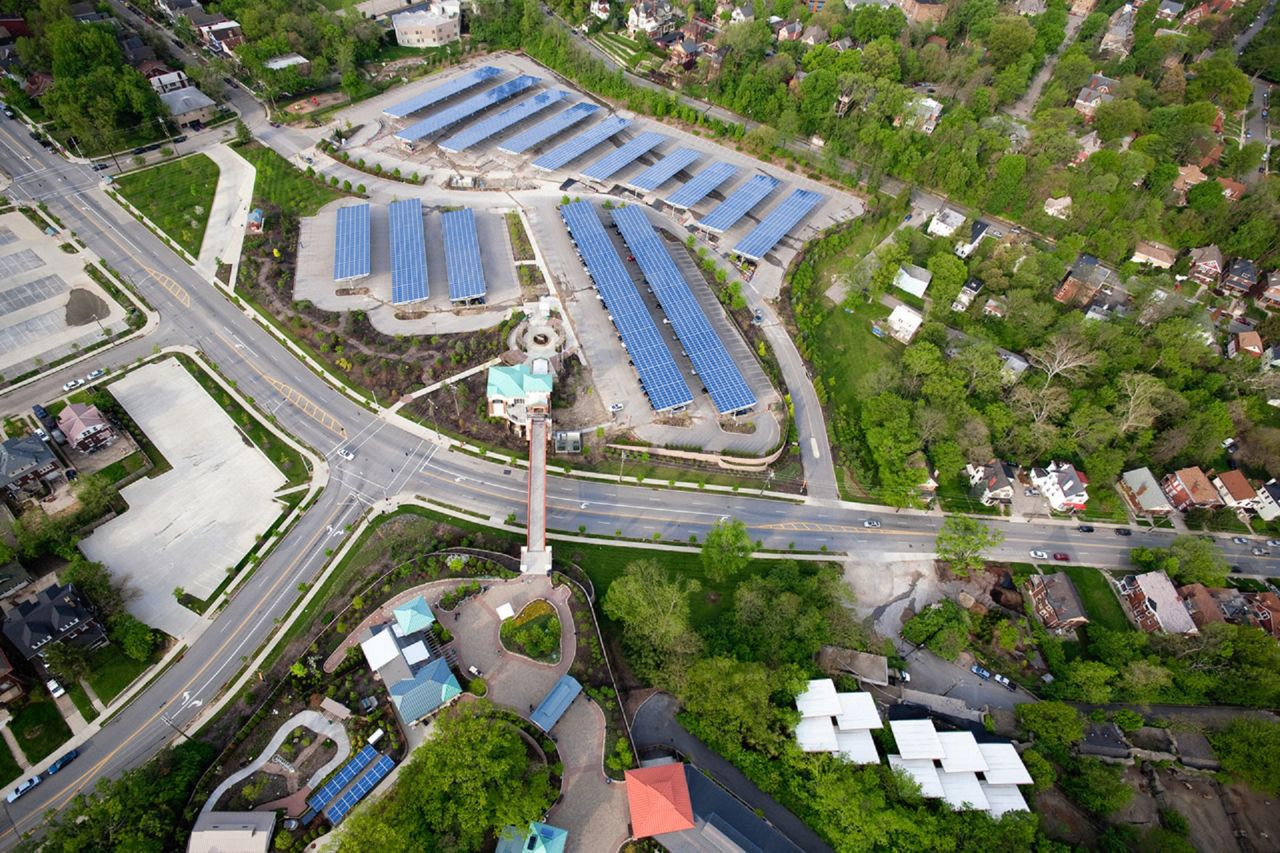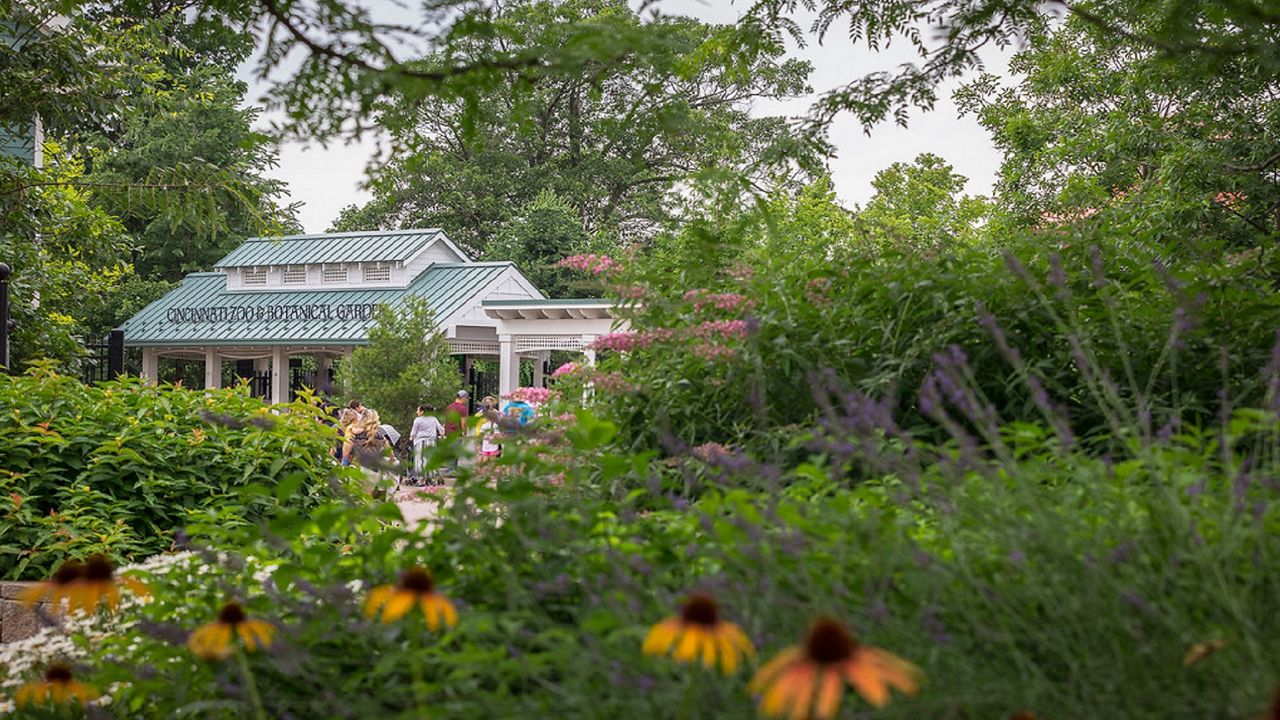CINCINNATI – The Cincinnati Zoo and Botanical Garden long ago set its sights on becoming the most environmentally conscious zoo in the United States. So it’s fitting that on Earth Day the organization announced its on track to become the first zoo to achieve net zero energy, waste and water status.
What You Need To Know
- The Cincinnati Zoo believes it will soon achieve net zero energy, waste and water statue
- The original goal was 2025 but they now think they'll surpass it
- The zoo installed its first solar panels in 2011
- Keeping trash out of the landfill has been the most troublesome part so far, but the Zoo has a plan in place
Achieving that status means the facility will consume only as much energy as it produces, use only as much water as it collects and not send anything to the landfill.
The Cincinnati Zoo set the net zero goal back in 2018 as part of its More Home to Roam capital campaign. Back then they viewed it as attainable by 2025. But as of Friday they believe they can accomplish the feat sooner.
Though he didn’t provide an expected completion date, Mark Fisher, the zoo’s vice president of facilities and sustainability, said the zoo is already so far along with its progress that getting to net zero status before 2025 is well within reach.

“For a long time, we assured people that 100% sustainable is attainable,” Fisher said. “It is, but why stop there if we know we can do better? We can produce more than 100% of the energy that we need and share the additional power with our neighbors.”
The process really got started back in 2011 when the zoo installed a 1.56-megawatt solar array over its main parking lot. It plans to build another solar array over a new surface lot this summer and then install a battery storage system. Doing so will enable the zoo to create its own energy microgrid.
A 25-megawatt array, that’s 16 times the size of the Zoo’s parking lot structure, is being erected at the Zoo’s Bowyer Farm and will move the site from net zero to net positive, meaning they’re producing more energy than they’re using.
“These long-term investments end up paying for themselves and ultimately save us money,” Fisher said. “They also reduce our environmental impact and help us model sustainable practices. When our neighbors and peers see the benefits of what we’re doing, they are likely to do it too, and that is what has to happen in order to move the needle.”
Water conservation has been taking place at the zoo for years. They catch and store rainwater, which has saved 2 billion gallons of water. Doing so also “kept water and sewer overflow out of neighbors’ basements” in Avondale, the Cincinnati Zoo said in a statement.
The stormwater retention tanks buried under Africa and Roo Valley can hold up to 500,000 gallons of water, enough to provide most of the water used in habitats and pools around the zoo. They’ll eclipse that need after they complete their new Elephant Trek habitat. That will increase their capacity by 1 million gallons, enough to satisfy all the Zoo’s water needs.
Fisher said the zoo has cut its water costs by 80% in the last 10 years. That zoo estimates that figure to be about $10 million.
The Cincinnati Zoo has been trialing an aerobic bio-digester to turn organic waste into a soil amending product it can use in its gardens. The plan is to get the internal logistics figured out before installing a much larger unit in 2023 as part of the Elephant Trek habitat.
It will handle most of the zoo’s organic waste, including food waste and animal waste as well.
The zoo plans to “spread the love” by selling the soil enhancer produced by the biodigester, Fisher said. Once the organic waste processing and reuse system is working, the zoo will be 90% of the way to net zero waste. The other 10 percent will come from a robust recycling program.

The zoo performed a waste audit earlier this to collect data that will help enhance its mainstream, specialty and organic waste recycling efforts.
Information gathered will go toward the creation of a list of hard to recycle items and items that can’t go into mainstream recycling. Plans call for the development of a specialty recycling program.
The zoo discovered that paper waste eligible for recycling was being thrown away by mistake. The zoo plans an awareness campaign to educate guests and visitors about where to put certain kinds of trash.
“We’ll get there, but it’s a difficult task at a facility that attracts more than 1.5 million guests annually and has thousands of plants and animals that produce organic waste,” Fisher said.
The Cincinnati Zoo proudly wears the title “greenest zoo in America.”
The team is known for its plant and animal conservation efforts. But they partner with various local organizations on other green initiatives as well.
For instance, they teamed up with the Cincinnati Reds, Procter and Gamble and Cincinnati Children’s Hospital Medical Center to create an Urban Learning Garden at Rockdale Academy in Avondale.
In 2017, zoo personnel also looked at energy efficiency improvements in apartment buildings, churches and other spaces throughout Avondale, with the goal of extending the zoo’s energy efficiency efforts into the neighborhood.
